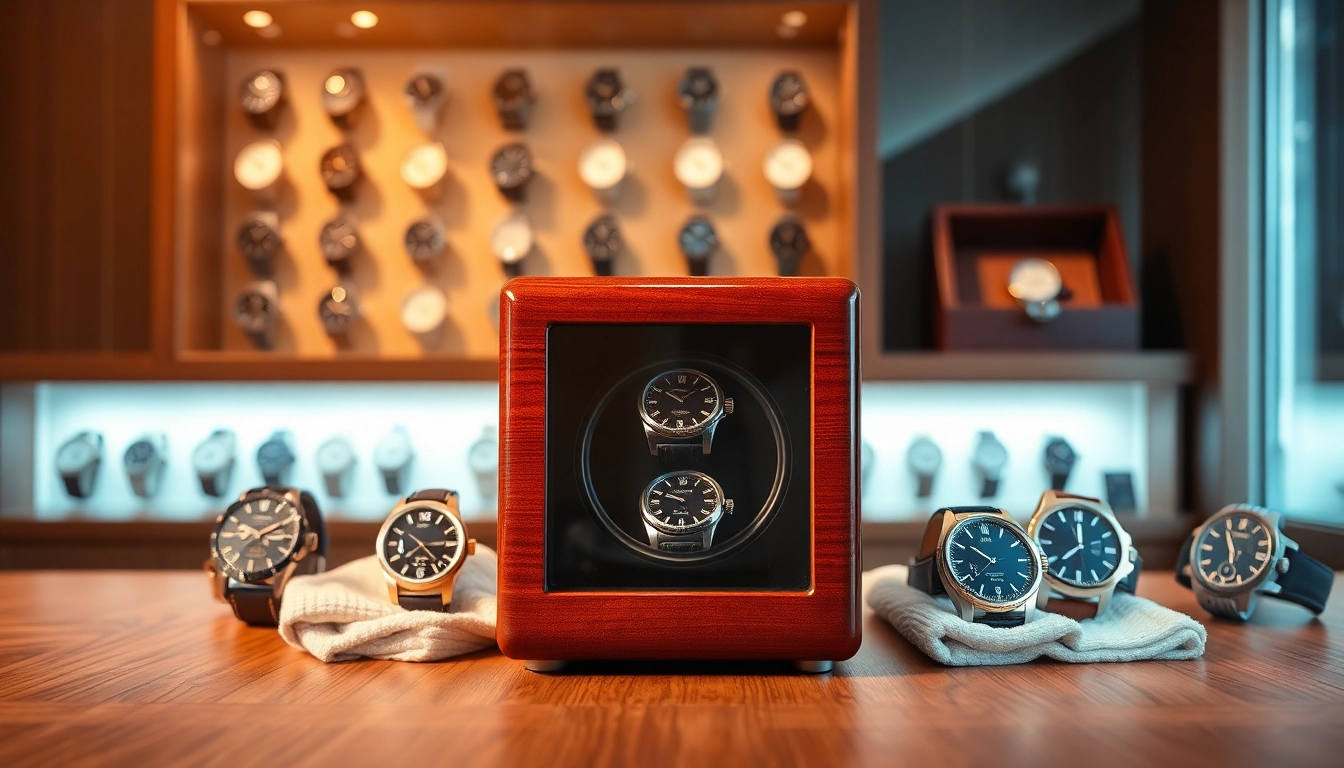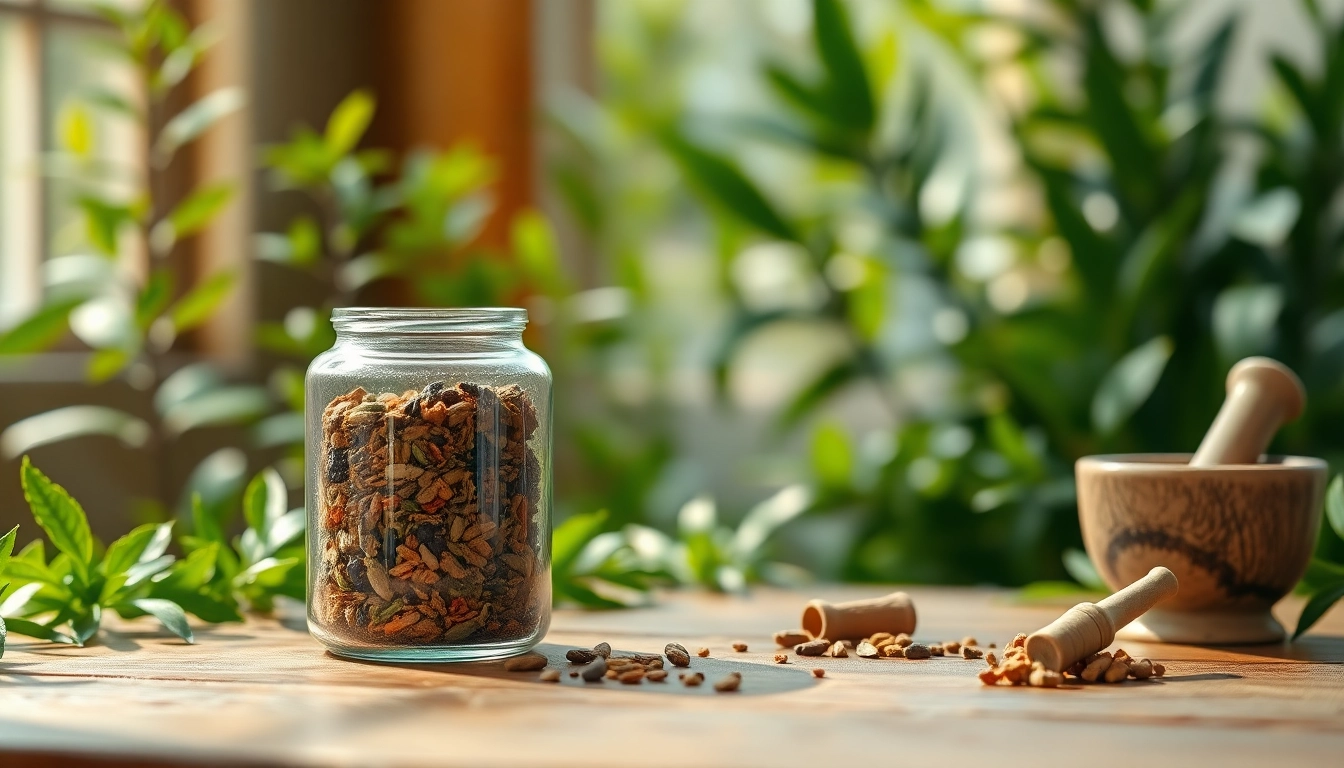Expert Helpdesk Support Strategies for Enhanced Customer Satisfaction

Introduction to Helpdesk Support
In today’s fast-paced digital world, seamless customer service is more critical than ever. Helpdesk support serves as a vital bridge between companies and their clientele, ensuring that inquiries are addressed promptly and efficiently. Effective helpdesk support not only enhances customer satisfaction but also fortifies a brand’s reputation. For organizations looking to streamline their support processes and improve customer interactions, helpdesk support is an essential component of their customer service strategy.
What is Helpdesk Support?
Helpdesk support refers to the range of services aimed at assisting users with their technical issues or questions. Typically provided through various communication channels such as email, chat, and phone, helpdesk support assists customers and employees in resolving problems related to products or services. This service can address issues from password resets to more complex IT inquiries, making it a fundamental aspect of customer care in many organizations.
The Importance of Helpdesk Support
The significance of helpdesk support cannot be overstated. Below are some key factors that underscore its importance:
- Customer Satisfaction: Swift and efficient helpdesk responses lead to greater customer satisfaction, fostering loyalty and retention.
- Enhanced Communication: A dedicated helpdesk provides a structured communication pathway for users, ensuring that questions and issues are tracked and addressed.
- Efficiency and Productivity: By outsourcing or automating support queries, organizations can free up valuable resources to focus on core business activities.
- Feedback Mechanism: Helpdesk interactions can help companies collect valuable feedback, leading to product improvements and service enhancements.
Key Functions of Helpdesk Support
To fully grasp the role of helpdesk support, it’s crucial to understand its core functions. These include:
- Issue Resolution: The primary function of a helpdesk is to resolve customer issues efficiently. This involves troubleshooting, providing technical assistance, and closing support tickets.
- Information Dissemination: Helpdesk agents provide users with information about products, services, and useful tips, enhancing the user experience.
- Incident Management: Helpdesk support tracks and manages incidents through ticketing systems, ensuring issues are logged and monitored until resolution.
- Reporting and Analysis: Regular reporting provides insights into common issues and user trends, aiding in targeted improvements and resources allocation.
Common Challenges in Helpdesk Support
Despite its many benefits, helpdesk support is not without challenges. Organizations must navigate various obstacles to deliver effective service.
Identifying User Needs
Understanding the specific needs of users can be challenging. Different users have varying levels of technical expertise and diverse expectations. Helpdesk teams must develop strategies to accurately identify and address these differing needs, ensuring each interaction is tailored to the individual user.
Handling High Volume Inquiries
During peak times, helpdesk support can be inundated with queries, leading to longer response times. Maintaining service quality amid high volumes is crucial. Implementing self-service solutions and employing chatbots can alleviate some of this pressure, allowing human agents to focus on more complex inquiries.
Integrating Technology for Efficiency
Deployment of technology solutions can be double-edged; while it enhances efficiency, it can also pose integration challenges. Helpdesk software must work seamlessly with other systems within the organization to ensure an uninterrupted flow of information.
Best Practices for Efficient Helpdesk Support
Implementing robust helpdesk support necessitates adherence to proven best practices designed to enhance efficiency and service quality.
Establishing Clear Communication Channels
Creating multiple, accessible communication channels is essential. Options might include phone support, email, live chat, and social media. Additionally, establishing a clear structure for each channel helps users know where to turn based on their needs, enhancing overall response efficiency.
Creating a Knowledge Base
A well-organized knowledge base can empower users to find solutions independently. It should include FAQs, step-by-step guides, and troubleshooting tips. Regularly updating this knowledge base ensures that users have access to the latest information, minimizing the number of support tickets raised.
Training and Development for Support Staff
Investing in training programs enables helpdesk staff to develop essential skills, such as customer service and technical troubleshooting. A knowledgeable team is crucial for efficient issue resolution and contributes to enhanced customer satisfaction.
Implementing Helpdesk Support Systems
The implementation of an effective helpdesk support system requires careful planning and execution.
Selecting the Right Software
Choosing the right helpdesk software to fit organizational needs is vital. Key features to look for include ticketing systems, multi-channel support capabilities, reporting analytics, and user-friendly interfaces. Rigorous testing and evaluation of different options can lead to a more effective helpdesk system.
Setting Up Workflow Processes
Establishing clean workflow processes means creating protocols for each interaction type—including escalations, follow-ups, and resolution steps. Documenting these processes encourages consistency across the board, ensuring users receive standardized support regardless of the support channel they choose.
Measuring Performance and Success
Monitoring key performance indicators (KPIs) such as response time, resolution rate, and user satisfaction allows organizations to assess the effectiveness of their helpdesk support. Frequent evaluations can guide further refinements in strategy and technology.
Future Trends in Helpdesk Support
The landscape of helpdesk support is continuously evolving, influenced by technological advancements and changing user expectations.
Automation in Helpdesk Support
Automation is increasingly being leveraged to optimize helpdesk functions. From automated ticket generation to chatbot assistance, automation can reduce response times and enhance accuracy, allowing human agents to dedicate more attention to complex inquiries.
The Role of AI in Helpdesk Support
Artificial Intelligence (AI) holds tremendous potential in revolutionizing helpdesk support. By employing AI-driven tools, organizations can predict user issues, provide personalized solutions, and improve overall service delivery. AI’s learning capabilities can further streamline processes over time, ensuring continuous improvement.
Enhancing User Experience through Innovation
Innovation is paramount in helpdesk support to elevate the user experience continually. Implementing responsive design for mobile access, developing community forums for user interaction, and incorporating feedback loops to adapt service delivery are all strategies that can enhance how users interact with helpdesk teams.








